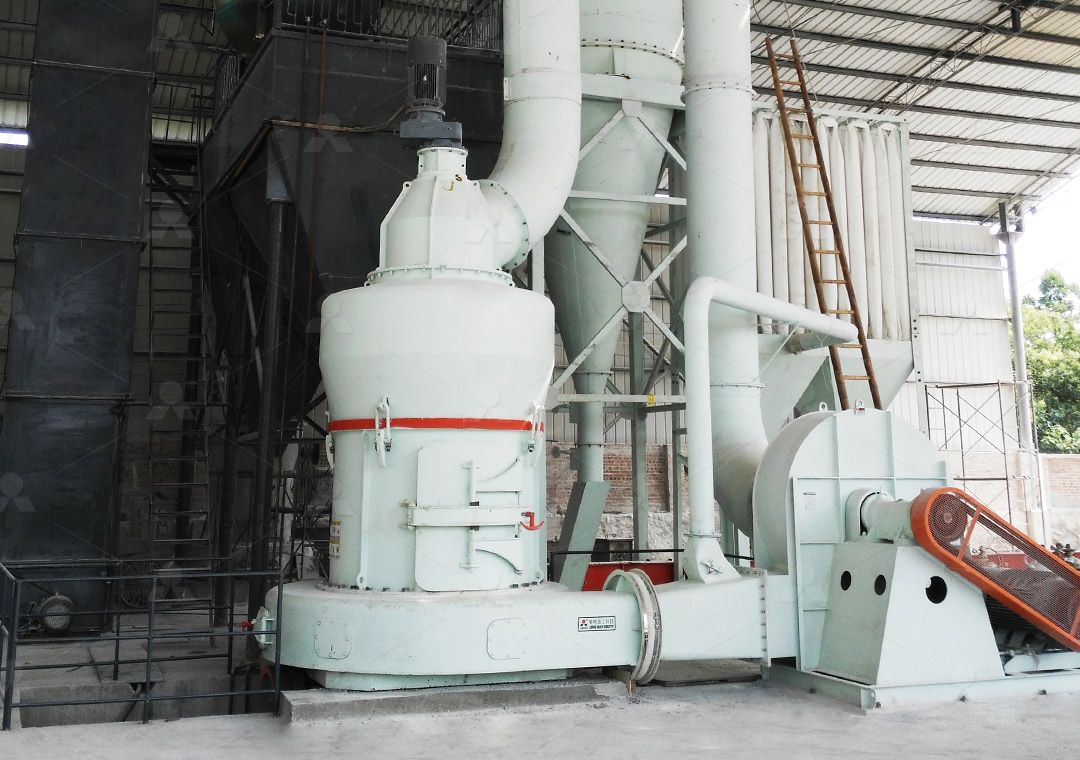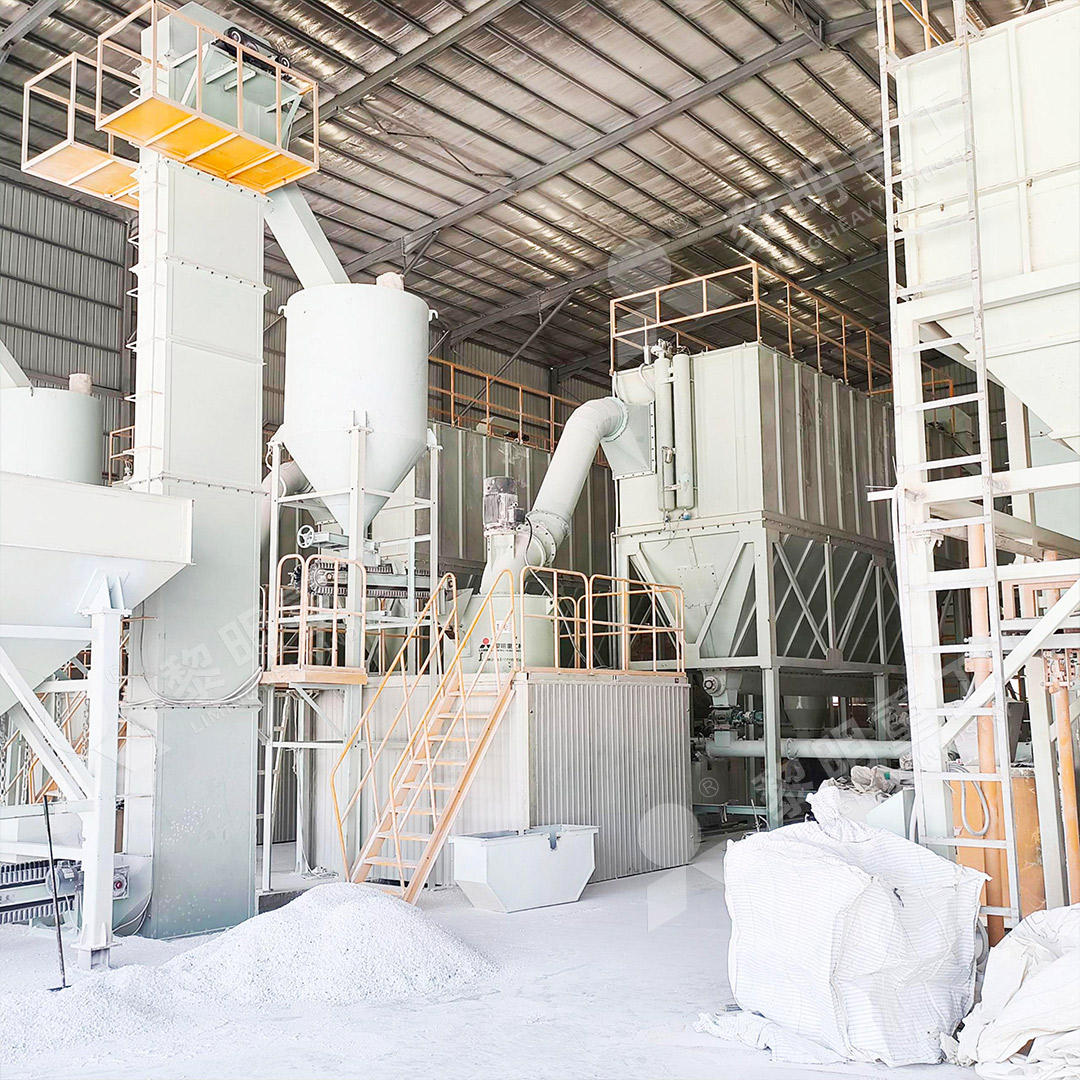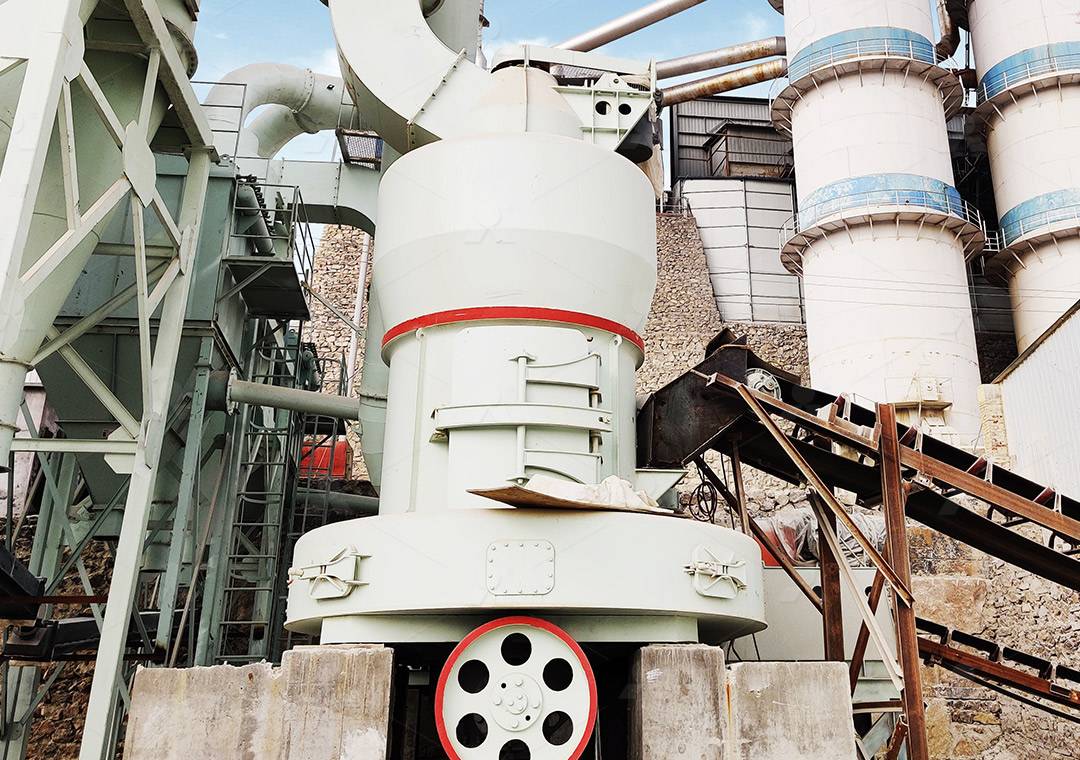Raymond Mill for 80-325 Mesh Ore Powder Processing
Raymond Mill for 80-325 Mesh Ore Powder Processing
In mineral processing operations, achieving consistent powder fineness between 80-325 mesh represents a critical requirement across numerous industries. This specific size range serves as the foundation for countless manufacturing processes, from construction materials to industrial fillers and chemical applications. The challenge lies in selecting equipment that can reliably produce this spectrum of powder sizes while maintaining operational efficiency and cost-effectiveness.

Traditional grinding approaches often struggle with the precise control needed for this mesh range. Either the equipment cannot achieve the finer end of the spectrum efficiently, or it consumes excessive energy when processing coarser materials within this bandwidth. This is where modern Raymond mill technology demonstrates its distinct advantages, offering manufacturers a balanced solution that bridges the gap between coarse crushing and ultra-fine grinding applications.
The Technical Sweet Spot: Why 80-325 Mesh Matters
The 80-325 mesh range (approximately 180-45 microns) represents a crucial processing window where materials transition from particulate form to true powder characteristics. Within this spectrum, powders develop enhanced surface area while maintaining manageable flow properties. Applications requiring this specific size distribution include paint and coating extenders, plastic and rubber fillers, agricultural minerals, and construction material additives.
What makes this range particularly challenging is the need for consistent particle distribution. Processing equipment must not only achieve the target top size but must minimize the percentage of both oversize and undersize particles. The traditional Raymond mill design, with its combination of grinding rollers and classification system, has evolved specifically to address these requirements.
Advanced Solutions for Modern Processing Needs
While the conventional Raymond mill remains a workhorse for many operations, technological advancements have yielded more sophisticated solutions for operations demanding higher efficiency and precision. For applications requiring exceptional control within the 80-325 mesh range, our MW Ultrafine Grinding Mill presents an outstanding option. This advanced system processes materials with input sizes up to 20mm and delivers throughput capacities ranging from 0.5 to 25 tons per hour.

The MW series incorporates several innovations that make it particularly suitable for this application range. Its newly designed grinding curves for rollers and rings significantly enhance grinding efficiency, while the German-engineered cage-type powder selector provides exceptional precision in particle separation. The system’s ability to adjust fineness between 325-2500 meshes means operators have extensive control over the final product specifications.
Another notable advantage of the MW Ultrafine Grinding Mill is its environmentally conscious design. The integrated efficient pulse dust collector and muffler system effectively contain dust and reduce operational noise, addressing two common concerns in powder processing facilities. The absence of rolling bearings and screws within the grinding chamber eliminates common failure points, enhancing reliability and reducing maintenance requirements.
Optimizing Operations for Specific Materials
Different ore types present unique challenges within the 80-325 mesh processing window. Limestone, for instance, requires careful control to prevent overgrinding, which can lead to excessive surface area and handling issues. Conversely, harder materials like barite or petroleum coke demand sufficient grinding force to achieve the target fineness without excessive wear on components.
The versatility of modern grinding systems allows operators to fine-tune parameters for specific material characteristics. Adjustable grinding pressure, classifier speed, and feed rate provide multiple control points for optimizing the process. This flexibility becomes particularly valuable when processing multiple materials through the same equipment or when product specifications change frequently.

Frequently Asked Questions
What is the typical energy consumption for processing materials to 80-325 mesh?
Energy requirements vary by material hardness and specific fineness target, but modern Raymond-type mills typically consume 30-50% less energy than traditional ball mills for equivalent output in this range. The MW Ultrafine Grinding Mill specifically achieves 40% higher production capacity compared to jet mills with similar power consumption.
Can the same equipment process different materials without cross-contamination?
Yes, with proper cleaning procedures between material changes. The design of mills like the MW series facilitates thorough cleaning, and the closed system prevents material loss during transition. For operations requiring frequent material changes, dedicated systems or more extensive cleaning protocols may be recommended.
How does moisture content affect the grinding process?
Most Raymond mill systems perform best with moisture content below 6-8%. Higher moisture can lead to material buildup, reduced classification efficiency, and potential blockages. For high-moisture materials, pre-drying or systems with integrated drying capabilities may be necessary.
What maintenance requirements should operators anticipate?
Regular maintenance typically includes inspection and potential replacement of grinding elements (rollers/rings), classifier components, and wear parts. Advanced systems like the MW Ultrafine Grinding Mill are designed with maintenance-friendly features, including external lubrication systems and easily accessible components, reducing downtime.
How does product fineness adjustment work during operation?
Fineness is primarily controlled through the classifier system, which can be adjusted while the mill is running. By changing the classifier speed or configuration, operators can shift the particle size distribution without stopping production, providing valuable operational flexibility.
